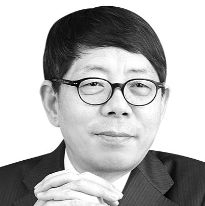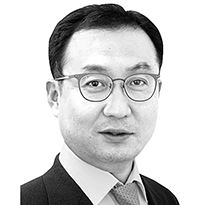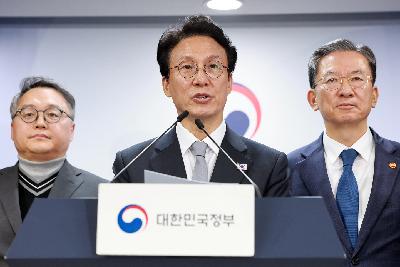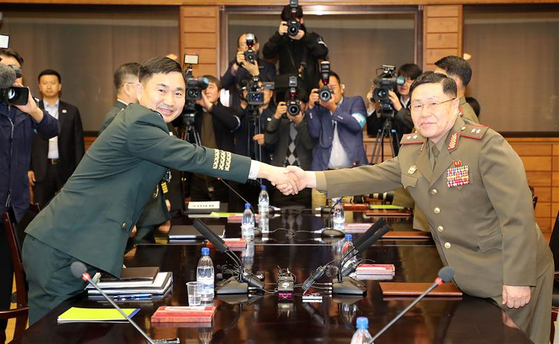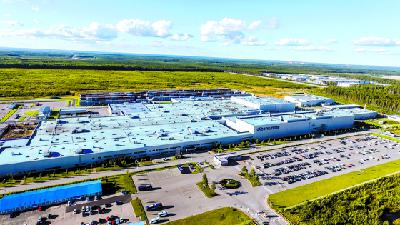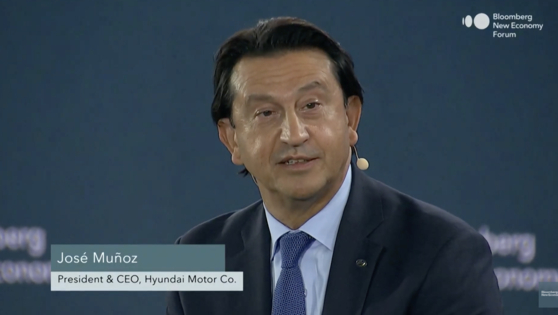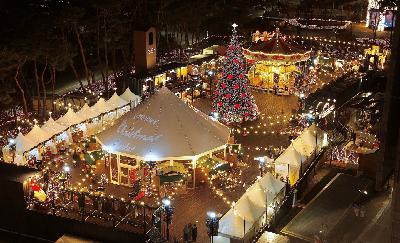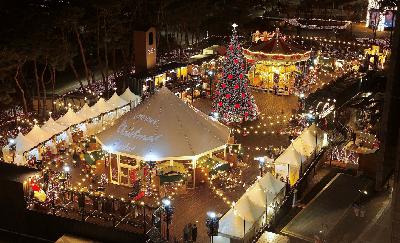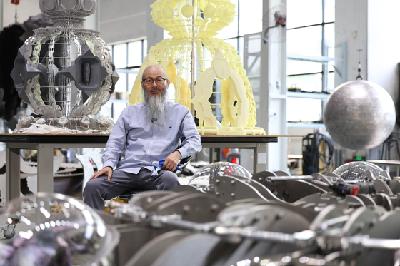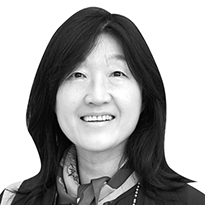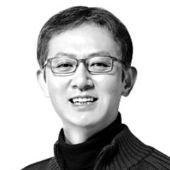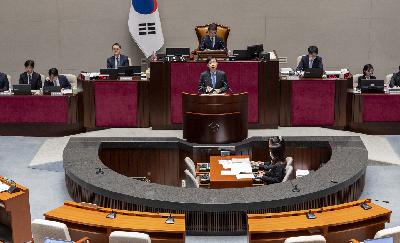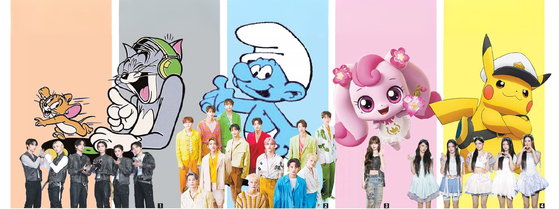How Korea’s culture of han evolved into the Korean Wave
Update: 2025-11-19
Description
Jeong Gwa-ri
The author is a literary critic and honorary professor at Yonsei University.
The phrase "Dynamic Korean" entered the global imagination around the 2002 Korea-Japan World Cup. The tournament not only produced the unexpected semifinal run but also reshaped how foreigners saw Koreans, who appeared loud, exuberant and impeccably organized. I still remember the astonishment expressed repeatedly in the French press at the time. Yet, the event also posed a troubling question. Until then, Koreans had long been seen as quiet and melancholy, a view symbolized by the familiar phrase "the land of the morning calm."
From the Imjin War (1592-98) onward, the Korean Peninsula experienced repeated upheaval. Many crises stemmed from foreign incursions: the Manchu invasions of Joseon (1627 and 1636), the Sino-Japanese War fought largely on Korean soil (1894-95), King Gojong's flight to the Russian legation during the turbulent struggle for influence among foreign powers (1896-97), the signing of the Eulsa Treaty that stripped Korea of its diplomatic sovereignty (1905), the subsequent Japanese colonial occupation (1910-45) and the Korean War that devastated the peninsula only five years after liberation (1950-53). Koreans often became victims of disaster without knowing why, and the resulting wounds ran deep. Out of this history grew a dominant sentiment: seolum, a blend of sorrow and grievance.
Seolum reflects pain intertwined with the belief that its cause lies outside oneself. It intensifies emotions, often to the point of hwabyeong, the psychosomatic disorder rooted in suppressed anger. Over time Koreans developed cultural means to manage these emotions. At the center was the culture of han. As Professor Cheon Yi-doo argued in his study "The Structure of Han" (1974), han represented an artistic and therapeutic process in which grief was slowly refined into clarity, much like boiling coarse herbs to produce a medicinal tonic. He saw the finest expression of this sensibility in Goryeo celadon and Joseon white porcelain. Contemporary listeners might find echoes of it in Cho Yong-pil's song "Han obaeknyeon" (1980).
Yet in the early twenty-first century, Koreans abruptly reappeared on the world stage as dynamic and confident. This shift became manifest through the global spread of the Korean Wave. Beginning with Rain and Psy, reaching a peak with BTS and radiating outward through Blackpink, Korean dance music captured worldwide attention with its sharp, energetic and tightly choreographed performances.
How did such a transformation occur? After long reflection, I found a clue in the observations of Viktor Frankl, the Auschwitz survivor and psychiatrist. Frankl wrote that prisoners initially endured camp life through hope - the belief they might be released the next day. But that hope was illusory. As it collapsed, despair deepened. The people who held on were those who abandoned hope entirely. By letting go of the impossible expectation of rescue, they developed ways to live through despair itself. Those who survived the hell created by the Nazis were often the ones who relinquished hope.
Korean dance music emerged through the efforts of the younger generation. These were the first cohorts not bound emotionally to the hardships of the past. They embraced grueling training by choice and succeeded in refining global pop culture to an extreme degree. They transformed difficult circumstances into energy for renewal.
Seen this way, the Korean Wave is not unrelated to the old culture of han. Rather, it can be understood as a reconfiguration that arose from its foundations. If han is "suffering plus sorrow," the Korean Wave is "suffering minus sorrow." From this perspective, the dynamism of the Korean Wave is not an abrupt twentieth-century invention, but something incubated over a long period. The industrial workers who drove Korea's rapid growth and the nurses and miners who migrated to Germany in search of a livelihood all laid part ...
Comments
In Channel



